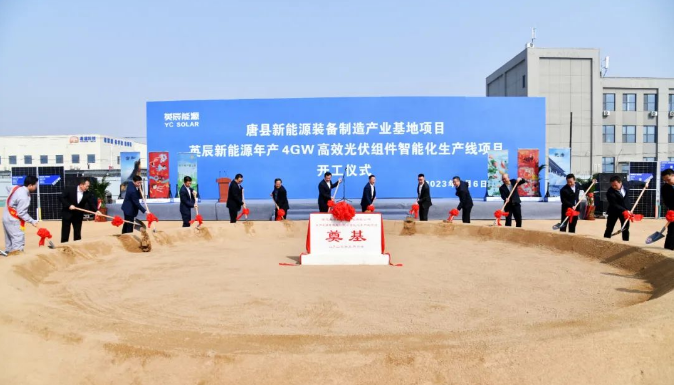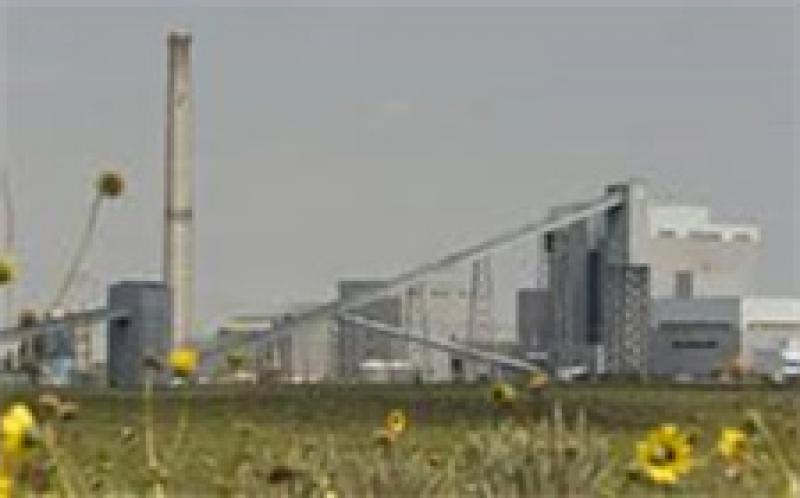The $10.5 million project, which was backed by a $2.5 million state grant, combines 2.5MW of solar PV, 4.2MWh of Tesla battery storage, and a 2.5MW on-site diesel generator.
The Autonomous Energy-led project, which included the installation of 6,412 solar panels and 25 Tesla powerpack batteries, was officially launched on Wednesday, two years construction commenced.
As well as making the market precinct energy self-sufficient, it is expected to deliver net savings of around $4.32 million over the next 10 years, compared to current retail energy offers in South Australia. In 2018, this was equated a saving of more than $500,000 a year for stall-holders.
Autonomous Energy said it worked with energy controls specialists AZZO to design and implement the microgrid’s integrated control system, which will monitor power quality, offer substation automation and spot market based control algorithms.
Matthew Linney, Autonomous Energy CEO, said the microgrid worked in both on and off-grid modes, making it able respond “intelligently and instantaneously” to various scenarios on the National Electricity Market.
“From an energy security perspective, the entire site can be automatically isolated from the grid and the system will supply the site’s entire electrical load with no interruptions,” he said.
“This technology will enable SA Produce Market growers and wholesalers to continue to provide affordable fresh produce to local consumers who purchase through independent retailers,” said the produce markets’ CEO Angelo Demasi.
“[The microgrid] is a win-win for both consumers and the environment, leading the way for other South Australian businesses,” he said.
Schneider Electric was also named at the launch as a key contributor to the project.
“The Marshall government is committed to a modern energy system which delivers more affordable, reliable and cleaner energy to all South Australian electricity consumers,” minister van Holst Pellekaan said at the microgrid launch.







